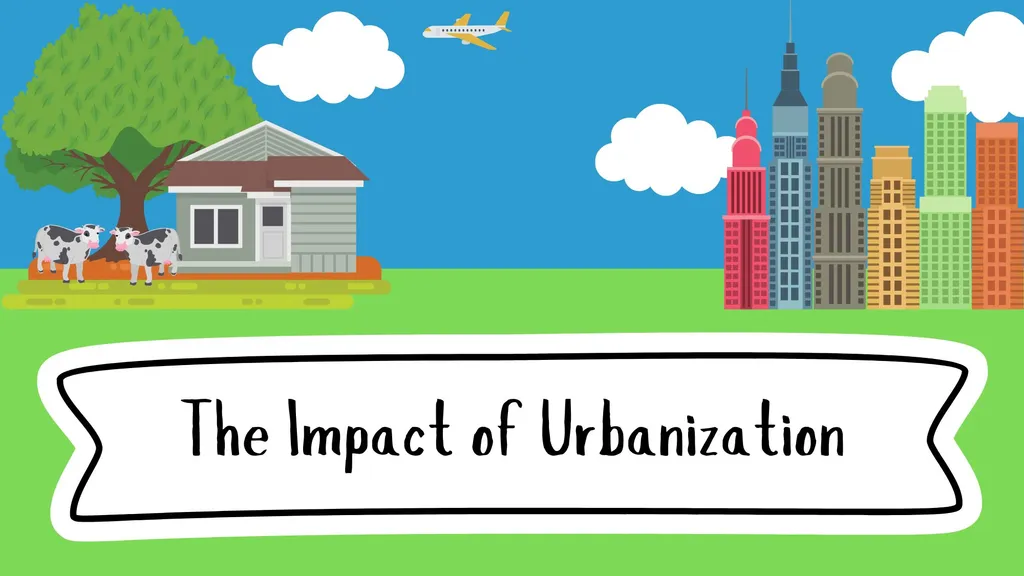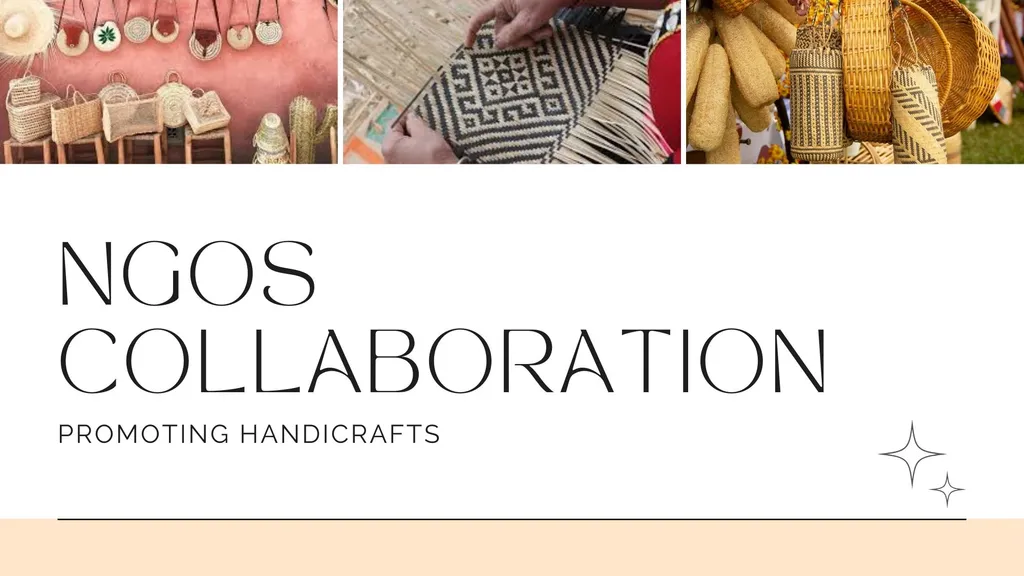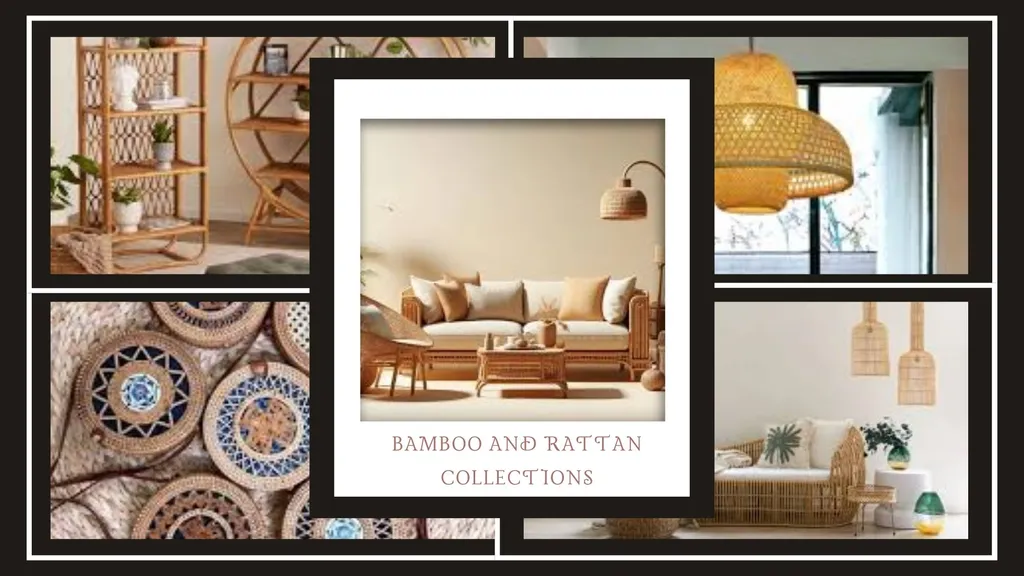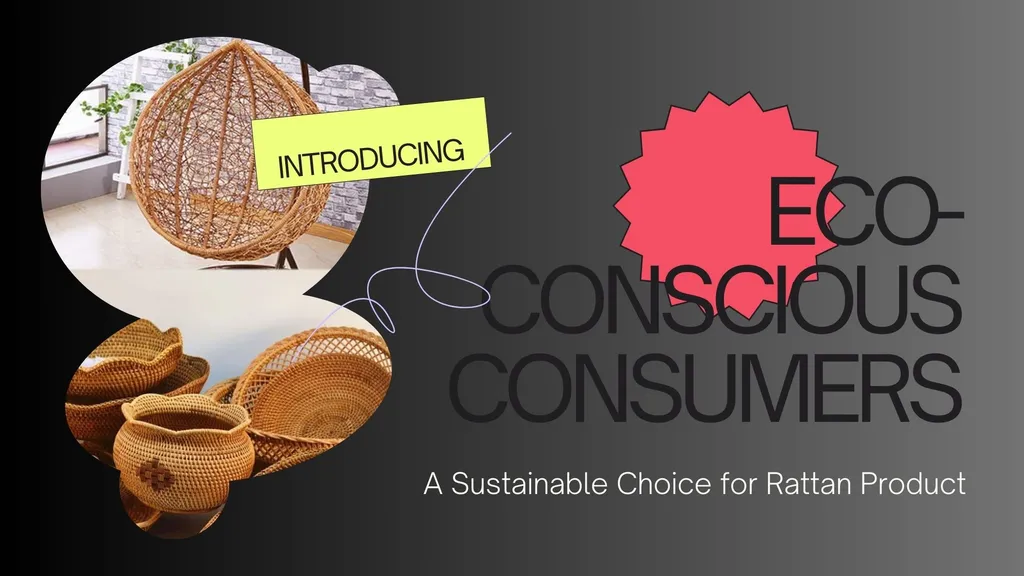Contents

As urbanization reshapes the globe, rattan and bamboo handicrafts are experiencing a surge in demand, blending tradition with modern appeal. Urban migration transforms not just landscapes but also economic and cultural dynamics, creating a vibrant market for sustainable, handcrafted products. These eco-friendly materials resonate with urban consumers seeking authenticity and environmental responsibility while honoring artisanal heritage. This blog explores how urbanization drives the demand for rattan and bamboo handicrafts, highlighting consumer trends, economic opportunities, and cultural preservation.
Urbanization: A Catalyst for Change
Urbanization, the expansion of cities through population growth and infrastructure development, is a defining global trend. By 2050, 68% of the world’s population is expected to live in urban areas, drawn by economic opportunities and modern lifestyles. This shift brings:
Population Growth: Cities attract diverse populations, fostering cultural exchange.
Economic Shifts: Urban economies transition from agriculture to service and manufacturing sectors.
Infrastructure Development: Enhanced roads, housing, and utilities support growing urban populations.
Social Transformation: Urban life reshapes community interactions and cultural practices.
Environmental Impact: Urban growth raises ecological concerns but also sparks sustainable initiatives.
These characteristics fuel demand for products like rattan and bamboo handicrafts, which align with urban values of sustainability and individuality.
Why Rattan and Bamboo Handicrafts Thrive in Urban Markets
Rattan and bamboo handicrafts captivate urban consumers with their natural beauty and eco-conscious appeal. Several factors drive this demand:
Consumer Preferences: Urban dwellers value the minimalist elegance and sustainability of rattan and bamboo. These materials bring a touch of nature to urban homes, offering tranquility amid city chaos.
Economic Opportunities: Urbanization opens markets for artisans, enabling them to reach affluent, eco-conscious consumers.
Supply Chain Accessibility: Cities provide robust supply chains, ensuring artisans have the materials and platforms to meet demand.
These factors create a dynamic market where rattan and bamboo handicrafts flourish, blending rustic charm with modern sensibilities.
The Urban-Artisan Connection
Urbanization reshapes the handicraft market by fostering a unique synergy between artisans and urban consumers:
Market Awareness: Digital platforms expose urban consumers to global handicraft trends, boosting demand for authentic, handcrafted goods.
Artisan Opportunities: Urban markets empower artisans to scale their craft, preserving traditions while embracing innovation.
Modern Meets Traditional: Handicrafts evolve to suit urban lifestyles, combining age-old techniques with contemporary designs.
This relationship transforms rattan and bamboo handicrafts into symbols of cultural heritage and modern ingenuity.
Socio-Economic Benefits of Rising Demand
The growing urban demand for rattan and bamboo handicrafts brings significant socio-economic benefits:
Economic Empowerment: Urban markets provide artisans with income opportunities, uplifting rural communities.
Skill Development: Artisans modernize their techniques to meet urban consumer expectations, fostering innovation.
Cultural Exchange: Urban consumption promotes cultural awareness, bridging communities through shared appreciation of craftsmanship.
These benefits highlight the potential of handicrafts to drive economic and social progress in urbanizing regions.
Challenges and Opportunities for Artisans
While urbanization fuels demand, it also presents challenges:
Market Competition: Artisans face competition from mass-produced goods, requiring them to balance tradition with innovation.
Adaptation: Meeting modern consumer preferences demands new skills and resources, which can be scarce.
Cultural Preservation: Artisans must preserve traditional techniques while adapting to urban trends.
Despite these challenges, urbanization offers artisans access to global markets and creative collaborations, fostering sustainable growth.
Future Trends in Rattan and Bamboo Handicrafts
The future of rattan and bamboo handicrafts is bright, driven by urbanization and consumer trends:
Eco-Conscious Growth: Rising demand for sustainable products will elevate rattan and bamboo crafts.
Technological Integration: Digital marketplaces and innovative tools will expand artisans’ reach and efficiency.
Market Expansion: Urban consumers’ appreciation for authenticity will drive global demand for handcrafted goods.
To sustain this growth, artisans and stakeholders must prioritize training, collaboration, and sustainable practices.
Urbanization is a powerful force reshaping the demand for rattan and bamboo handicrafts. By blending tradition with modern appeal, these crafts meet urban consumers’ desires for sustainability and authenticity while empowering artisans and preserving cultural heritage. Companies like Ethical Handicraft Manufacturer (EHM) play a vital role in this ecosystem, championing sustainable practices and supporting artisans to thrive in urban markets. As cities grow, so does the opportunity to celebrate and sustain the timeless art of rattan and bamboo craftsmanship.





